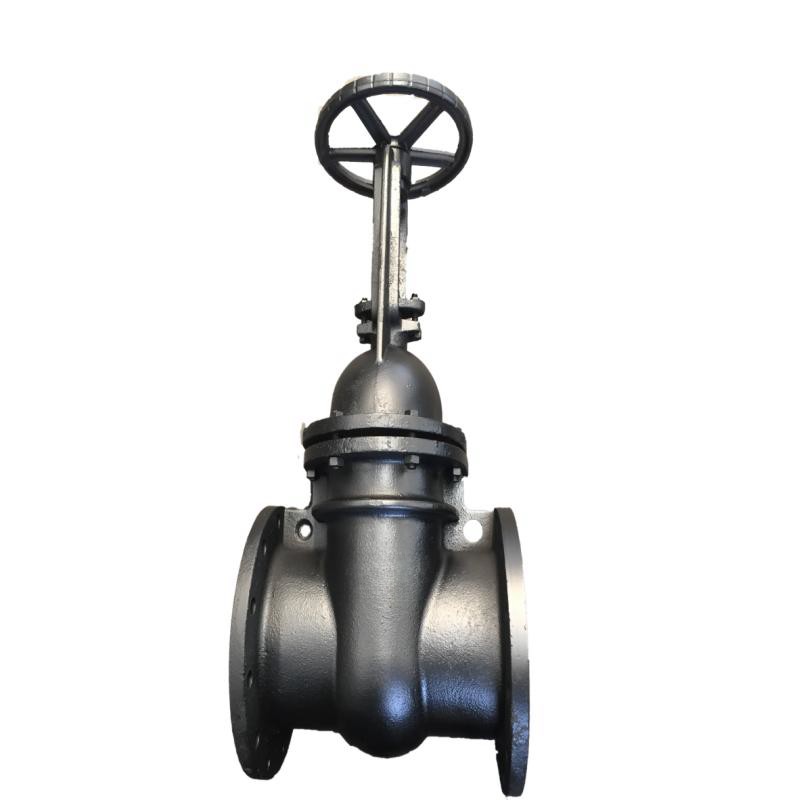Understanding the Mechanism and Functionality of Floating Valves in Fluid Control Systems
Understanding Floating Valves Functionality and Applications
Floating valves are a critical component in various industries, including water treatment, oil and gas, and chemical manufacturing. Their primary purpose is to manage the flow of fluids efficiently and safely, ensuring that the operations remain seamless and without disruptions. This article delves into the functionality, design, and applications of floating valves, highlighting their significance in our daily lives.
What is a Floating Valve?
A floating valve, often referred to as a float valve, is a type of valve that automatically regulates the flow of liquids. It operates based on the principle of buoyancy, where a float—typically a buoyant object like plastic or metal—rises or falls with the liquid level in a tank or reservoir. When the fluid reaches a certain level, the float pushes against a lever or mechanism that controls the valve's opening and closing, thereby allowing or stopping the flow of liquid.
The design of floating valves can vary, but they generally consist of three main components the float, the valve body, and the seat. The float is the most critical part, as it reacts to the liquid level changes. The valve body houses the mechanism that opens or closes the flow, while the seat provides a tight seal when the valve is closed.
How Floating Valves Work
The operation of a floating valve is relatively straightforward. In a water tank, for instance, as the water level rises, the float also rises. Once the water reaches a predetermined level, the float activates the valve mechanism, shutting off the water supply to prevent overflow. Conversely, when the water level drops, the float descends, and the valve reopens to allow more water in until the desired level is reached again.
One of the most beneficial aspects of floating valves is their ability to provide automatic regulation of water levels without the need for external power sources or continuous manual intervention. This feature is particularly useful in applications where maintaining a steady flow is crucial.
Applications of Floating Valves
Floating valves find applications in various sectors due to their reliability and efficiency. Here are some notable examples
floating valve

1. Water Supply Systems Floating valves are commonly used in residential and commercial water supply systems to maintain water levels in tanks. They prevent overflowing by automatically shutting off the water supply when the desired level is reached, thus conserving water and preventing wastage.
2. Aquaculture In aquaculture, managing water levels in fish tanks or ponds is critical for the health of aquatic organisms. Floating valves are used to maintain optimal water levels, ensuring a stable environment for fish and other marine life.
3. Industrial Processes Many manufacturing plants utilize floating valves to control liquids in large tanks or reservoirs. For instance, in chemical processing, these valves help regulate the input of raw materials, maintaining consistent production processes.
4. Irrigation Systems In agriculture, floating valves are used in irrigation systems to control the water supply to fields. They ensure that crops receive the right amount of water, optimizing growth and reducing wastage.
5. Wastewater Treatment Floating valves play a vital role in wastewater treatment facilities by regulating the flow of liquids through various treatment stages. They help maintain optimal operating conditions, contributing to effective waste management.
Advantages of Floating Valves
Floating valves offer several advantages
- Automatic Operation They provide a hands-free solution for managing liquid levels, reducing labor costs and human error. - Simplicity Their straightforward design makes them easy to install and maintain. - Durability Made from robust materials, floating valves can withstand harsh conditions in industrial settings. - Water Conservation By preventing overflow and maintaining optimal water levels, floating valves contribute to sustainable water management.
Conclusion
Floating valves are indispensable devices that enhance efficiency and safety across various industries. Their simple yet effective design allows for automatic control of fluid levels, making them a preferred choice for many applications. Understanding the functionality and applications of floating valves not only highlights their significance but also encourages further exploration of innovative solutions in fluid management. As industries continue to seek ways to optimize operations and conserve resources, floating valves will undoubtedly remain a pivotal component in achieving these goals.
-
The Key to Fluid Control: Exploring the Advantages of Ball Valves in Industrial SystemsNewsJul.09,2025
-
The Versatile World of 1, 2, and 3 Piece Ball ValvesNewsJul.09,2025
-
Stainless Steel Ball Valves: The Ideal Choice for Efficient Flow ControlNewsJul.09,2025
-
Optimizing Fluid Control with Ball Float ValvesNewsJul.09,2025
-
Manual Gate Valves: Essential for Control and EfficiencyNewsJul.09,2025
-
Everything You Need to Know About Butterfly ValvesNewsJul.09,2025
-
The Versatility of Wafer Type Butterfly ValvesNewsJul.08,2025




